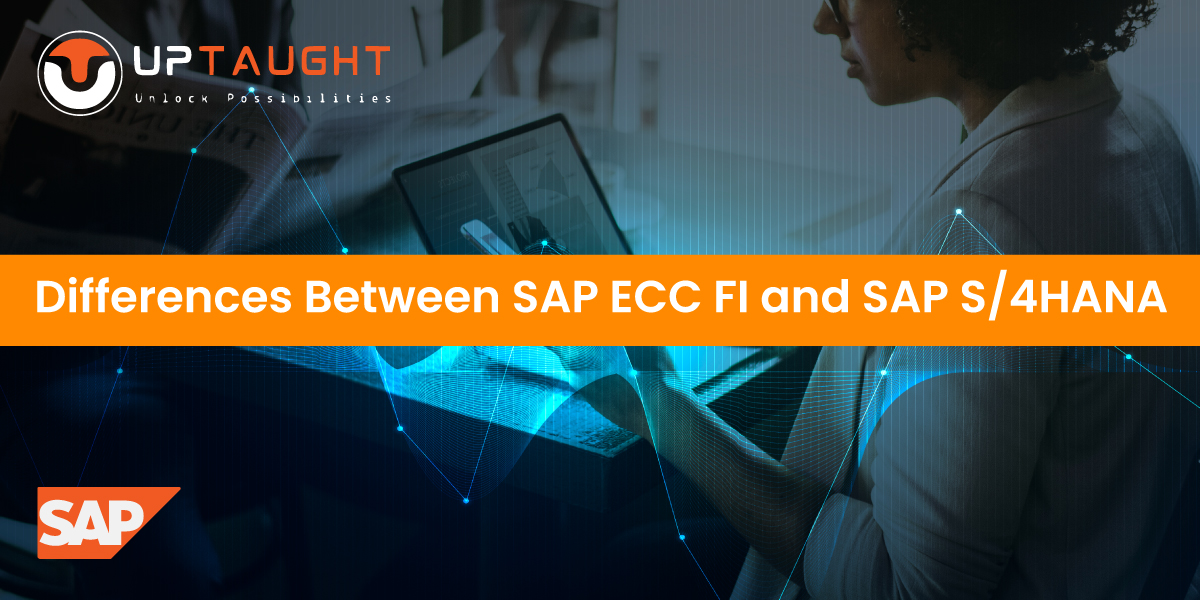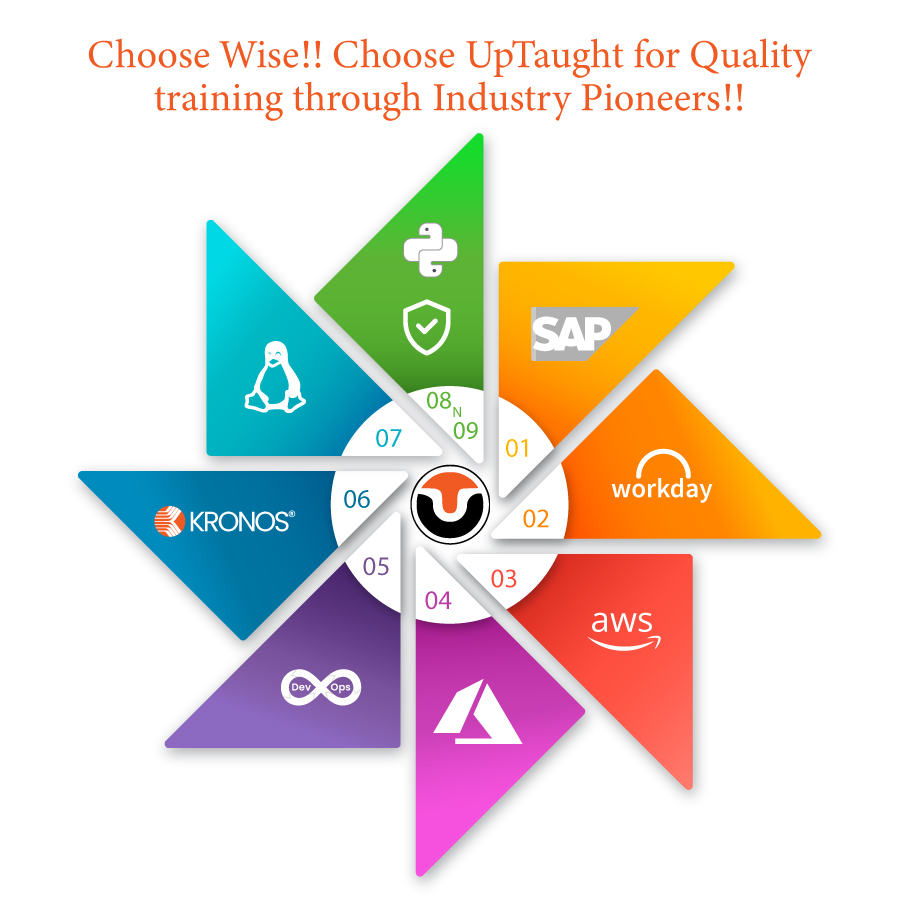Workday offers cloud apps for unified finance, human resources, and student/faculty lifecycle management that are tailored to the way people operate today. Workday, founded by Dave Duffield and Aneel Bhusri, two PeopleSoft veterans, combines a lower cost of ownership with an innovative approach to enterprise applications.
Workday apps are planned and developed using an object-oriented architecture. Workday’s flexible architecture allows for continual and non-disruptive technological innovation. Let’s take a quick look at Workday’s architecture.
The following are the primary components of workday architecture.
- Object Management Server
- UI Server
- Persistent store
- Integration Server
- Data sources
- Business object
- Fields and instances
Let’s take a closer look at each component.
- UI Server
The UI Server is versatile in delivering the following features.
- Flash/flex based
- Wide browser support
- iPhone
- Mobile HTML
- UI’s will be automatically generated
- The entry point for end-users
- PDF export
- Excel export
- Object Management Server:
In workday architecture, the Object Management server is the central processing engine. The object management server is in charge of the services’ user interface, and data requests are typically sent by the UI server and integration servers.
- Integration server
Workday is built as a web service platform that mainly relies on SOAP (Simple Object Access Protocol). The integration server is in charge of translating SOAP into everything that has to be integrated, as well as performing and generating reliable delivery.
- Persistent store
The database will store all available data, as well as changes and revisions. Data backups and replications are handled by persistent storage.
- Data sources
Workday is usually in charge of defining and delivering data sources. For the core business objects, Workday uses and delivers numerous distinct sources. In other words, each data source is linked or related to the corresponding business object, ensuring security.
- Business object
Workday uses business objects to represent the data. Workers, organizations, positions, and other business objects are examples of business objects. These might be specified in the form of database tables or excel sheets.
- Fields and instances
The rows in a table or spreadsheet are referred to as instances of a business object in Workday. A business object is made up of linked fields, similar to how a table and spreadsheet are made up of related columns. Workday automatically connects the business items.
Final thoughts:
I believe that you have understood the whole architecture point. If you want to connect with us, visit our website
Happy learning!




